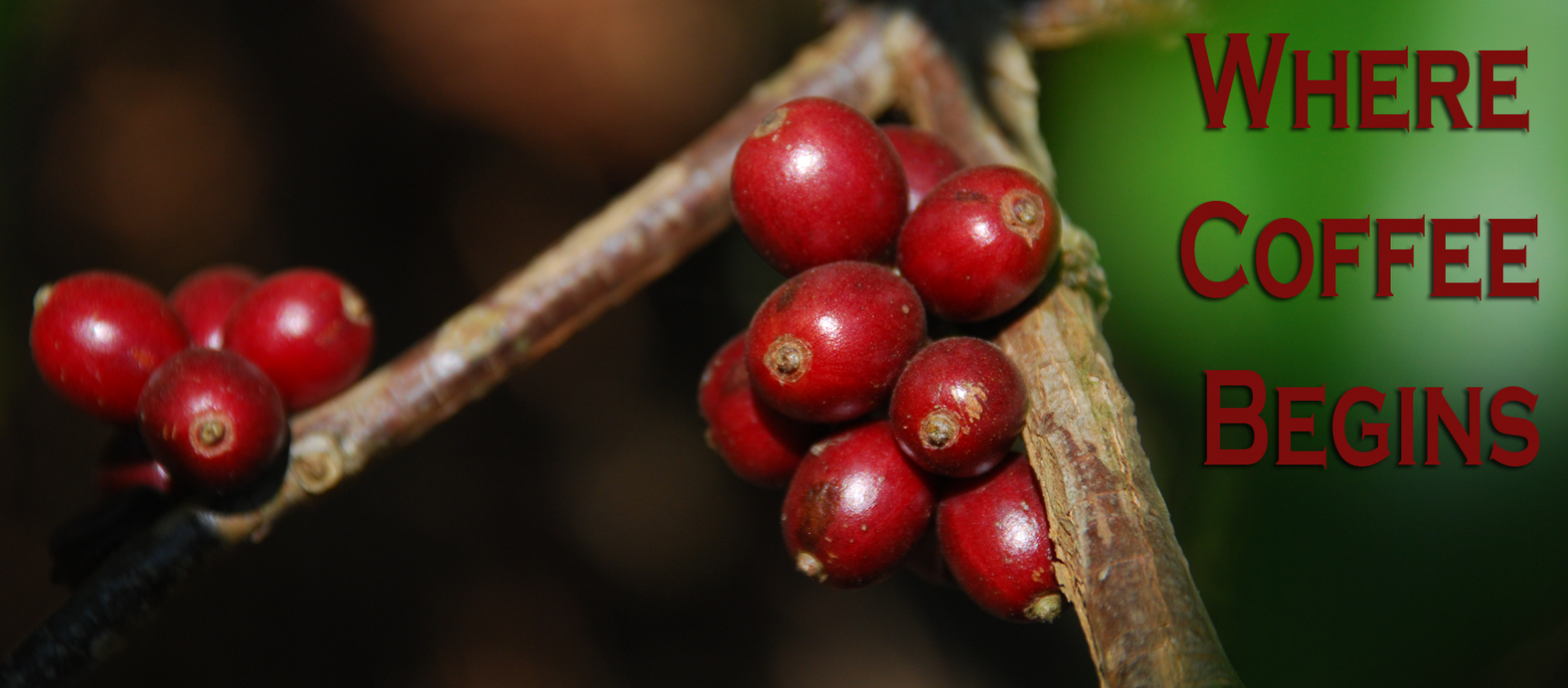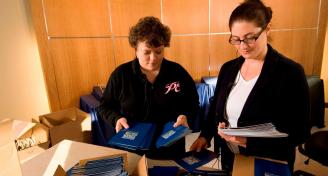Go Forth and Be Energetic!
Written by Brianne Benelli, Perfection Events
It’s 6:30AM and you can feel your breath making icicles before it even leaves your lungs while you coordinate the arrival of your vendors on-site.
Or maybe it’s 8:30AM and you’ve just turned on your computer to face down an impenetrable wall of pages upon pages of complex billing invoices and spreadsheets.
Or maybe it’s just early and nothing daunting has happened yet except that your eyelids are exceptionally uncooperative this morning and don’t want to open.
How will you get through this hardship that is your life in the morning?
You need help right now. You need something stronger than motivation. More fulfilling than patience.
You need caffeine.
Given the numbers, it’s likely that you too are a member of the alert and energetic multitude that makes up America’s caffeine dependency. And what a thriving legacy you carry on.
While the first verifiable instance of coffee is that of coffee growers in the Yemeni district of Arabia in the 15th century, the story that most embrace for the origin of coffee is a legend from the 9th century (and how many foods can really say that?). The story attributes the discovery to Kaldi, the Ethiopian goatherd who supposedly noticed a distinct energy about his goats after they ate certain berries: coffee berries. Kaldi took the berries to the abbot at his local monastery who turned them into a drink that they found was, indeed, very energizing. From there it predictably caught on like wildfire, making its way all the way to you or someone you know in the now.
On average, 284 million cups of tea were consumed in the United States every single day in 2012, and when we talk coffee, that number hits 310 million. Let’s not even touch soda—it’s still morning. Basically, most people in America need coffee so they can go to work and make money. So let’s talk money and coffee.
For years, the world’s most expensive cup of coffee was Kopi Luwak which goes for between $100-$600 per pound and, at the height of its popularity, went for nearly $100 per cup in certain cafés. Kopi Luwak comes to us courtesy of wild civets, small almost weasel-like nocturnal mammals found mostly in southeast Asia. Civets eat coffee cherries but can’t digest the beans inside. Eventually they pass the beans and farmers can collect them, but before that, enzymes in the civet’s digestive system go to work on the beans and reduce their acidity thus reducing bitterness, which some say makes for a very smooth and earthy flavor. If this story wasn’t already unsettling enough, unfortunately, following the release of the movie The Bucket List, in which Jack Nicholson’s character drank Kopi Luwak exclusively, the coffee reached such a level of popularity that in order to meet rising demand farmers began caging civets and feeding them a very unhealthy diet of coffee cherries until they died of malnutrition. Interestingly, candid reviews of the actual tastiness of the coffee are mixed and tending toward the negative, suggesting that the price is the result of rarity, not deliciousness.
And so there is a new most expensive cup of coffee: Black Ivory Coffee, weighing in at $1,100/kg and made almost the same way Kopi Luwak is, but with Black Ivory elephants instead of civets. The benefit to using elephants instead, according to Blake Dinkin, the Canadian entrepreneur behind this endeavor, is that their stomachs are so large that it takes between 15-30 hours for them to digest the cherries, during which time the beans not only have the proteins broken down but also sort of stew together with the bananas and sugar cane and more that make up the elephant’s diet, enriching the bean with what an NBC article has described as “unique earthy and fruity flavors.” I, for one, begin to think an elephant could well be the next must-have kitchen tool for all your infusion needs. Where it stands now though, Dinkin’s got the only small herd of elephants producing Black Ivory Coffee and so the price remains high.
To the delight of everyone who isn’t into x-treme coffee drinking, at high cost, there are so many other options. According to the 2012 Coffee Statistics Report, coffee shops are the fastest growing division of the restaurant business at a 7% annual growth rate, and the 2012 edition of Nation’s Restaurant News’ annual Top 100 special report indicates that Starbucks continues to hold a top 10 spot in the list of largest restaurant chains in America. Dunkin’ Donuts and McDonalds also made the top 10 of the 2012 list, and though their interests are varied, both have very strong coffee reputations and between them and Starbucks you should be able to stay well caffeinated without civets or elephants.
Go forth and be energetic!
Have any of you had Kopi Luwak or Black Ivory Coffee? If you haven’t, would you try it?
Stay tuned next week for the tips you need to know exactly how much coffee to order for your audience … at $100 per gallon, you just can’t afford to guess!!
Image courtesy of JSajana





